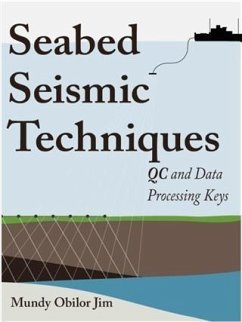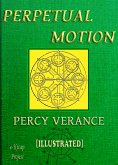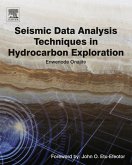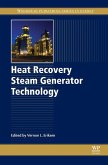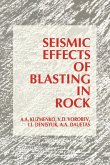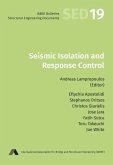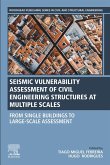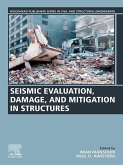The first chapter is an introduction which starts with explaining in general terms, what seabed seismic is and gives its advantages over conventional marine seismic methods. Specific experiences or implementation of seabed seismic methods in some oil fields are given. In chapter 2, some basic signal properties are given, the PS converted wave process explained and the common conversion point (CCP) approximation formula derived. Basic acquisition techniques of seabed seismic are treated, including topics like sensor orientation, CCP binning and shear wave splitting. P-wave to S-wave velocity ratio (Gamma) is explained. The fundamentals of QC and processing of seabed seismic data are treated in Chapter 3 where two model processing work-flows are showcased to explain the fundamental processing keys for a multicomponent seismic data. The improvement in seabed seismic technology has not been without hurdles. Some of the challenges facing this technology are treated in Chapter 4.
Dieser Download kann aus rechtlichen Gründen nur mit Rechnungsadresse in A, B, BG, CY, CZ, D, DK, EW, E, FIN, F, GR, HR, H, IRL, I, LT, L, LR, M, NL, PL, P, R, S, SLO, SK ausgeliefert werden.

